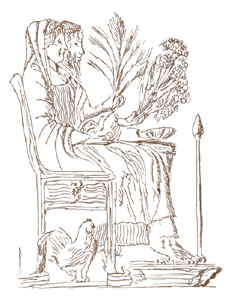Hades and Persephone in the Underworld. They are holding symbols associated with worship:grain, parsley, a rooster and a bowl.
Click on image for full size
Persephone
Persephone was the Greek goddess of the Underworld and the wife of Hades. Hades fell in love with her after seeing her picking flowers in a plain in Sicily. He decided at once to abduct her and carry her off to the Underworld.
Demeter, sister of Zeus, was the mother of Persephone. After Persephone's abduction, Demeter wandered the world in search of her. Finally she learned of her daughter's fate, and pleaded with Zeus, to obtain the release of Persephone from the dark kingdom of the
Underworld.
He consented, providing that she had not eaten anything during her stay in the lower world. Unfortunately, Persephone had eaten some seeds of a pomegranate which Hades had offered to her. After much crying and sadness, Zeus allowed a compromise, whereby Persephone was allowed to spend half of each year in the light of day, on Earth with her mother, and the other half in the underworld, where she reigned as Queen of the Underworld alongside her husband the god Pluto.
During the half year with her mother, spring and summer cover the Earth in warmth, flowers bloom, fruit is on the trees, and the birds raise their young. During autumn and winter, the Earth is in the grip of icy cold. Flowers die, the trees are barren, and birds disappear from their nests. This legend, therefore, relates the mythological creation of the seasons. Romans identified Persephone with the Latin Proserpina.
You might also be interested in:

The Earth travels around the sun one full time per year. During this year, the seasons change depending on the amount of sunlight reaching the surface and the Earth's tilt as it revolves around the sun.
...more
Pluto is a frigid ball of ice and rock that orbits far from the Sun on the frozen fringes of our Solar System. Considered a planet, though a rather odd one, from its discovery in 1930 until 2006, it was
...more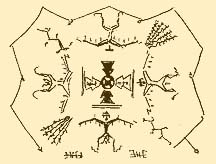
Ahsonnutli was the sky father and chief deity of the Navajo Indians. He created heaven, Earth, and the sky. Each of the four cardinal directions was supported by a giant. Each direction was also associated
...more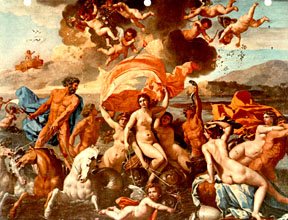
Amphitrite was one of the fifty Nereids, the attendants of the sea-god Poseidon. Poseidon (Neptune) had fallen in love with Amphitrite after seeing her dancing on the island of Naxos. Amphitrite rejected
...more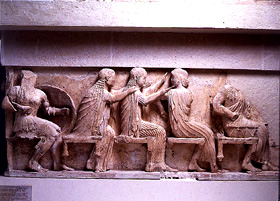
Aphrodite was the Greek goddess of love and beauty. She was known to the Romans as Venus. There were actually two different Aphrodites, one was the daughter of Uranus, the other the daughter of Zeus and
...more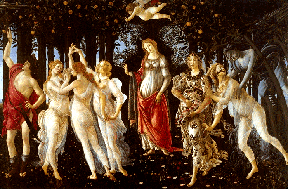
In Greek mythology, Apollo was the son of Jupiter(in Greek Zeus) and Leto (Letona). He was the god of the Sun, logic, and reason, and was also a fine musician and healer. Leto travelled all over Greece
...more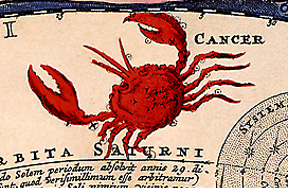
According to an ancient Greek legend, the figure of a gigantic crab was placed in the nighttime sky by the goddess Hera to form the constellation Cancer. Hera was the jealous wife of the sky god, Zeus.
...more


